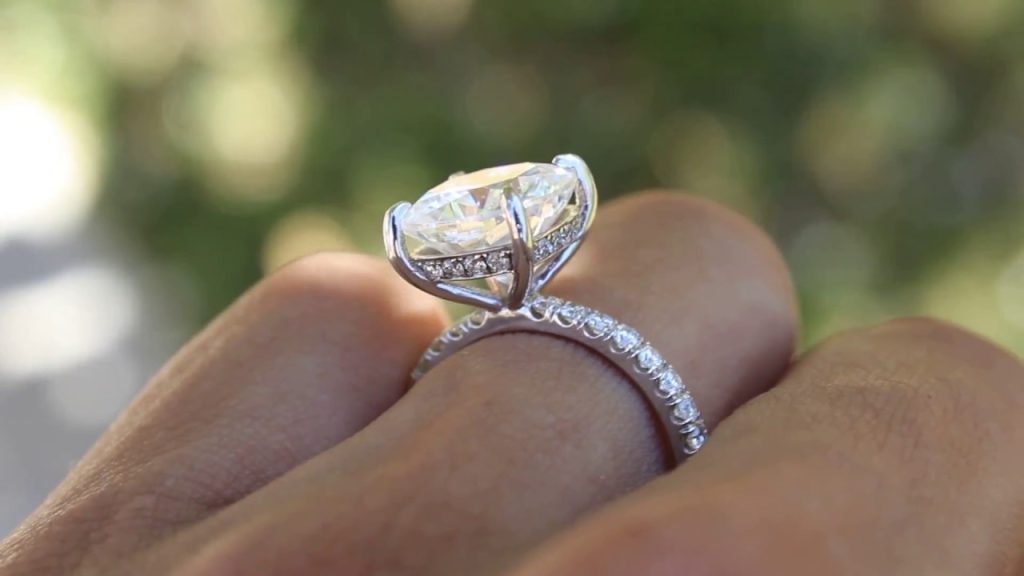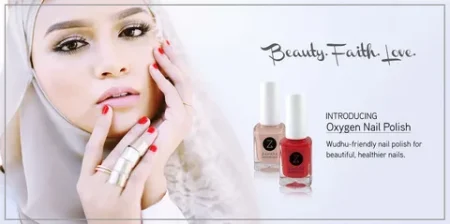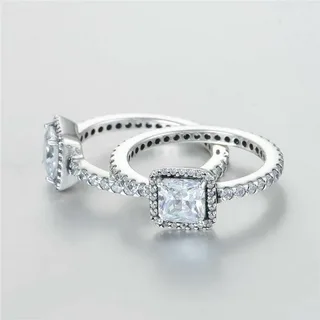Throughout history, engagement rings have been more than mere symbols of love; they are treasured heirlooms that often carry rich stories and artistic significance. This is especially true for the engagement rings of Russia’s czars and czarinas, which reflect not only the personal affections of these royal figures but also the grandeur and complexity of Russian history itself. The engagement rings worn by these monarchs serve as magnificent examples of craftsmanship and luxury, often adorned with precious gemstones and intricate designs that have fascinated historians and gemologists alike.
One of the most iconic engagement rings in Russian history belonged to Empress Maria Feodorovna, the wife of Czar Alexander III. Her ring, crafted from platinum and adorned with a stunning 6-carat diamond, exemplified the opulence of the era. This ring was not only a sign of her engagement but also a symbol of her status as empress. The choice of a diamond, the hardest substance on Earth, was particularly significant, representing an enduring love and an unbreakable bond.
Another noteworthy engagement ring is that of Alexandra Feodorovna, the last empress of Russia. Her engagement ring, which was given to her by Nicholas II, featured a striking blue sapphire surrounded by diamonds. The blue sapphire is often associated with royalty, symbolizing wisdom and nobility, making it a fitting choice for a future empress. Alexandra’s ring was not just a piece of jewelry; it held deep sentimental value and was a testament to her love for Nicholas, as well as her connection to the Russian people.
The craftsmanship of these engagement rings also reflects the cultural influences that shaped Russia during their reigns. Many of the stones used in these rings were sourced from Russia’s vast and diverse territories, showcasing the natural beauty of the land. For instance, the use of emeralds, sapphires, and rubies not only highlighted the empire’s wealth but also its rich mineral resources. Moreover, the incorporation of traditional Russian designs, such as the use of filigree and cloisonné enamel, added a unique character to these pieces, blending Eastern and Western aesthetics.
In addition to their beauty, the engagement rings of the czars and czarinas tell stories of political alliances and dynastic ties. Marriages among royal families often served to solidify alliances and power structures, and the engagement rings presented during these unions were emblematic of the importance of these relationships. For example, the engagement of Nicholas II and Alexandra was not only a romantic endeavor but also a strategic move that sought to strengthen ties with Germany.
As the Russian Empire faced tumultuous times leading up to the revolution in 1917, these rings became relics of a bygone era. The fate of the engagement rings was as varied as the lives of the czars and czarinas themselves. Some rings were hidden or smuggled out of Russia to avoid confiscation by the Bolsheviks, while others became lost to history as the monarchy fell. Today, some of these magnificent rings can be found in museum collections, where they are cherished not only for their beauty but also for their historical significance.
In contemporary times, the allure of these royal engagement rings continues to captivate audiences around the world. They represent a unique intersection of art, history, and romance, reminding us of the profound legacies left behind by Russia’s rulers. Whether in the form of modern replicas or inspired designs, the essence of these engagement rings lives on, symbolizing love, commitment, and the storied past of the Russian Empire.
Ultimately, the treasured engagement rings of Russia’s czars and czarinas remain enduring symbols of royal love, artistic mastery, and the complex narratives that weave through Russia’s rich history. Each ring, with its own unique story, adds to the tapestry of romance and royalty that defines this fascinating chapter in the annals of time.






